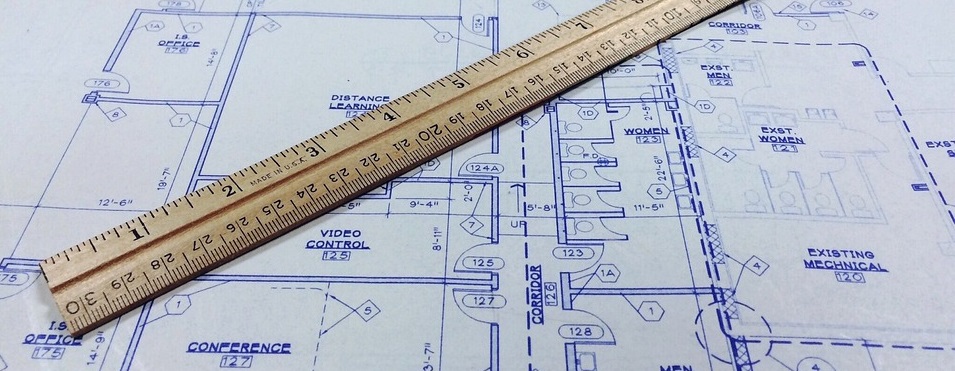John Cole is an AHS Building Committee member and an architect. He is also a former member of the Permanent Town Building Committee (PTBC). During his tenure on the PTBC, Mr. Cole was involved in every building project the town has undertaken over the past 20 years.
At the April 29 Town Meeting, I offered this personal reflection as to why the Arlington High School Building Committee chose a new school over a renovation/addition of the existing school. As an architect I don’t believe in taking buildings down lightly, so I felt an explanation was in order.
After the Building Committee determined no other site would work and the existing school was too small to house our program needs, we looked at seven preliminary design options and permutations for a new school or a renovation/addition. Those seven got boiled down to four options—two renovation/addition and two new construction—which were developed in more detail and priced by two independent estimators.
After carefully studying the options, my colleagues and I decided a new school was best for three reasons.
- Logistics
To renovate the existing school would have required students to be housed in modular classrooms for an extended period of time, at a total cost of five million dollars, unreimbursed by the state. Additionally, there would be no gym and no auditorium for two years.
.. - Cost
A renovation/addition would have cost twenty-five million dollars more than the chosen new construction design. That’s enough to cover a significant part of the costs of a new elementary school.
.. - Function
Once you get past the facades, which have sentimental value to many in the community (myself included as a proud parent of two AHS graduates) there’s no “there” there. Past renovations in the 1960’s and 1980’s removed most of the historic interiors and joined the various additions with a confusing maze of dark corridors over one and a half miles in length. By maintaining this accretion of additions, we would be embedding the inefficiencies of the existing plant into the new facility. In my view, this would be unconscionable. It would be an impediment to the educational program and a disservice to the taxpayers by asking them to pay more for an inferior product.
In contrast, the proposed new school is built around a central spine, connecting main entrances from Mass. Ave. and the playing fields in back; the school’s four wings all feed into it. This space brings joy to the heart of an architect. It is open; it is light-filled. It is the crossroads of the school, where students, faculty and visitors will converge and exchange ideas. It is the heart of the educational vision.
The circulation from Mass. Ave. to the fields is clear and simple. You enter at one end or the other; you walk a straight line and make one turn, right or left, to get to your destination. No more wandering around mazes and stairs that go nowhere, hoping you have a student Sherpa to get you home. In the center is the Forum which connects the Mass. Ave. level to the field level. It is a grade drop of about 24 feet and it presents a challenge. Our architects have cleverly turned it into a very interesting space. On one side it’s a stairway, connecting the two levels. On the other side, it splays out into tiered seating, to create an open, informal gathering spot. (Watch the fly-through video to get a better idea of this innovative space.)
Although the Building Committee decided not to save the existing buildings, it recognizes that the history of the buildings and site is important to many members of the community. Honoring significant elements of this history is a priority of the Building Committee and the proposed design includes the following:
- relocating the stone façade of the 1914 Fusco building (the four story brick building to the left of the main entrance) to the new central spine as the entry to the Performing Arts wing
- incorporating an image of the Collomb house façade (the white columns) on to a large expanse of glass that will face the new east courtyard
- preserving artifacts from the existing buildings, including some original columns from Collomb House, a carved wood panel from the Fusco entry, the wood carved proscenium and a stone frieze from Old Hall, the River of Hands mural and the tower clock.
The Building Committee has also formed a subcommittee to inventory all the memorials on the site and in the building, so that they can be respectfully incorporated into the new facility.
In the end, the decision to build new was a question of priorities: is it more important to preserve the image and infrastructure of the existing buildings than to provide a cost-effective and optimal learning environment? In my view the Building Committee rightly chose to build a state-of-the-art new educational facility. To do otherwise would have been a disservice to future generations of students by diminishing their educational experience and a disservice to the taxpayers by asking them to pay more for a lesser product.
Resources:

